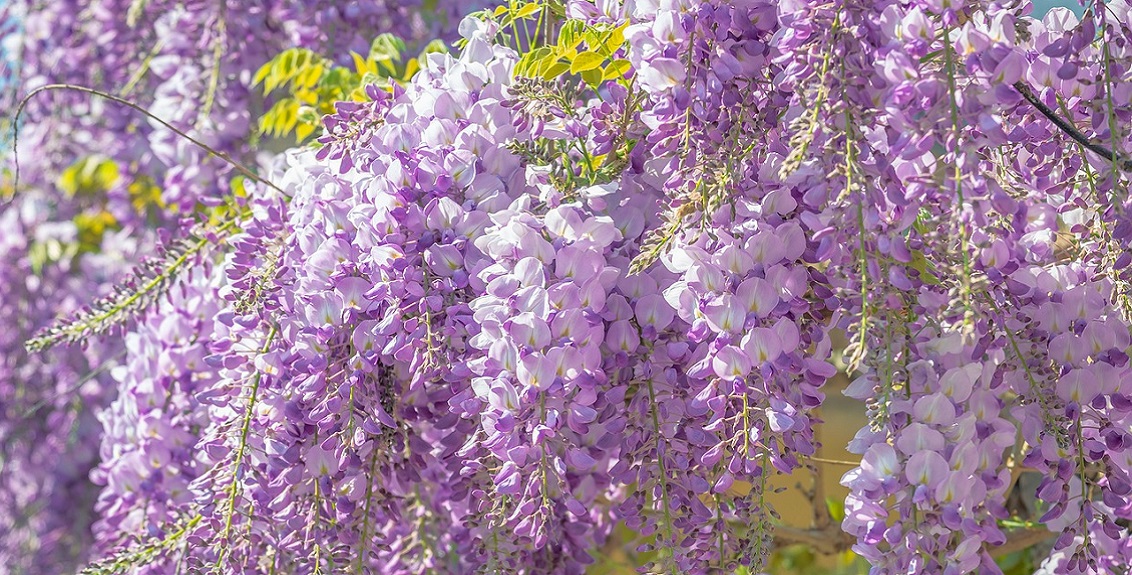Lots of people have problems with a Wisteria failing to flower. Sometimes it’s just too young as five to 12 years is the average wait before blooming time, but some take longer, especially if they’re grown from seed. Besides not flowering for many years, seed-grown Wisteria are erratic bloomers – an occasional one never flowers at all. Sometimes people take a cutting from an old Wisteria that’s full of flowers, but they don’t know how many years it took to get to that stage.
This video is about how to grow Wisteria and shows how to prune a Wisteria, which is essential to make sure it flowers every year.
Although cuttings usually flower faster than seed-grown wisteria, cuttings still need several years of vegetative growth to get started. Wisteria is not the only plant that needs to focus on root and stem growth before flowering. Climbing Hydrangeas also do this and so does the shrub Wintersweet. You can hurry your Wisteria along a bit.
- High nitrogen fertilizer encourages plants to concentrate on leaves and all this does is make more pruning for you. It does nothing to help flower development. High nitrogen fertilizer is best left for plants where leaves are the big attraction. For Wisteria, a high-phosphorous fertilizer is best because it encourages flowers.
- Wisteria should always be fertilized in autumn (not spring).
- Wisterias like good drainage too.
- Regular pruning is essential to keep your Wisteria from outgrowing its support and to stimulate flower buds. In late summer cut back the new growth to five or six buds and tie any that you want to keep. If the Wisteria is getting close to the right flowering age, this pruning should result in flowers next year.
Wisteria will keep growing through autumn, so in winter you prune new growth back to five or six buds again, then in early spring cut back to two or three buds. This will make sure that any flowers are visible and not swamped by leaves.

